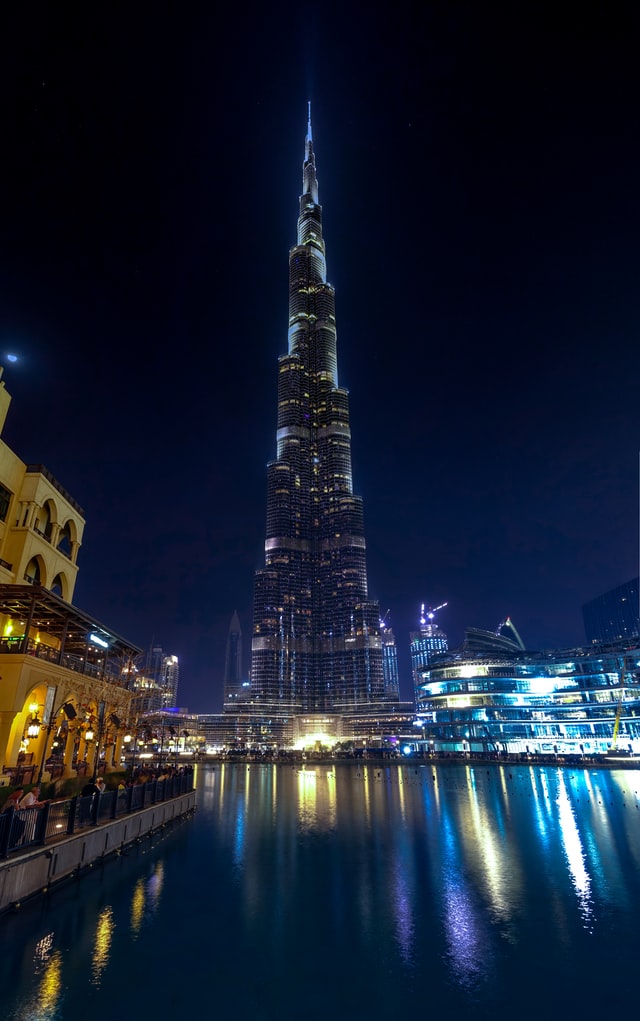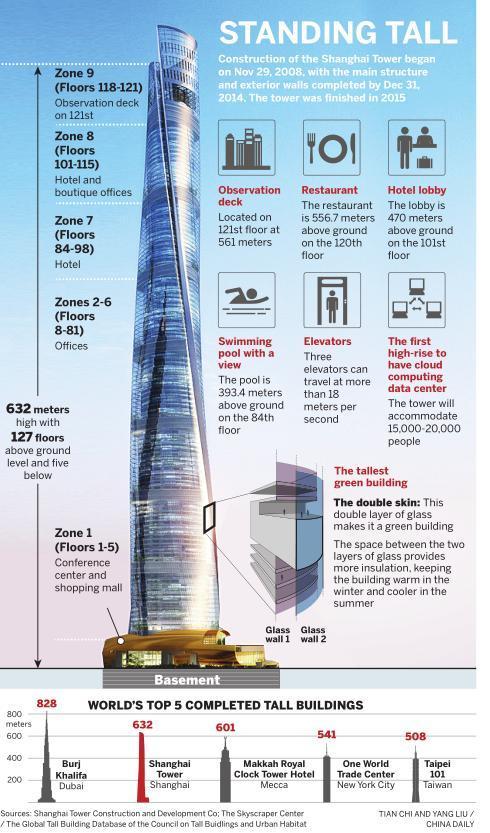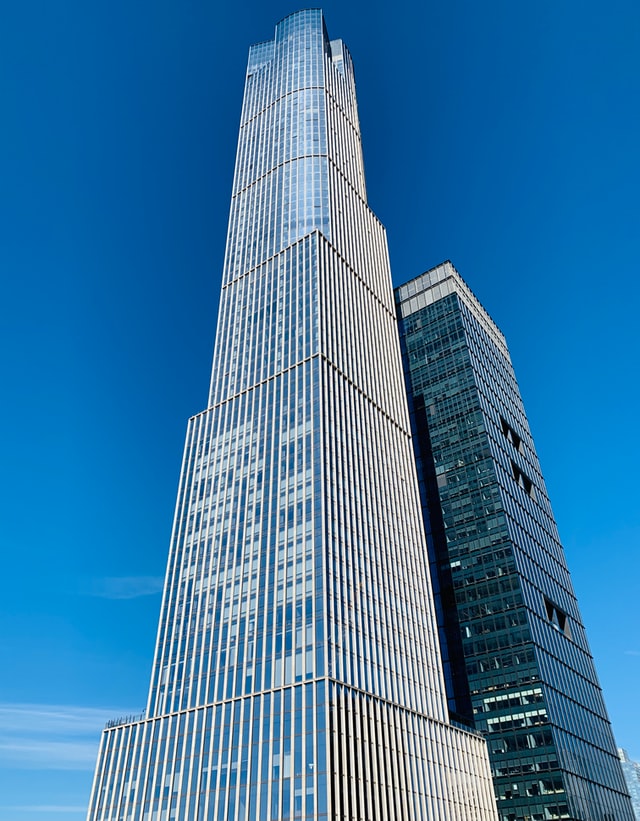The Burj Khalifa, Taipei 101, Willis Tower, and Shanghai Tower are some of the tallest constructed buildings in the world. To learn more, read our detailed descriptions of each one. If you’re in the market for construction banners in your city check out BannerKwik.
Burj Khalifa
The Burj Khalifa is a mixed-use skyscraper in Dubai, United Arab Emirates. Originally intended to be 518 metres tall, the building was erected over six years by 12,000 international workers. It is now twice the height of New York’s Empire State Building and three times the height of Paris’ Eiffel Tower. It surpassed the previous world record of Taipei 101, which was the tallest building in 2004. Its exterior is based on the Spider Lily flower, which is native to southern regions of the Americas, South America, and Mexico.
The building’s architectural height was confirmed by Guinness World Records in 2010. It has the tallest elevator in a single building. It has 163 floors and the tallest restaurant on the ground level. It has a 555.7-metre observation deck, which was the tallest building in the world until 2015.

Shanghai Tower
Built on 70-meter-long concrete piles, the Shanghai Tower is one of the world’s tallest buildings. The spiraling cylindrical shape of the building is both aerodynamic and cool. The tower is 149 meters high and has 24 observation decks. The tower’s design is unique among tall buildings and is a landmark in Shanghai. There is no other taller building in the world that is wrapped in two layers of glass.
The vertical transportation system of the Shanghai Tower was designed by Edgett Williams Consulting Group, with principal consultant Steve Edgett. He worked closely with Gensler to design the tower’s four sky lobbies and double-deck shuttle elevators. The Shanghai Tower has a fifth sky lobby on level 102. Each sky lobby serves as a community center, with conference rooms and food and beverage amenities.

Taipei 101
The construction of Taipei 101 began in 1999, and it was completed in 2004. The building’s design is inspired by traditional pagodas, and its stepped design resembles a stalk of bamboo. The design also includes lights at the top of the building that change colour depending on the day of the week. The construction of Taipei 101 was not without its challenges. Needing a large number of construction banners and international labour. Its foundation is reinforced with 380 steel piles drilled 80 m deep. The tower is capable of supporting a load of between 1,000 and 1,320 tonnes. During a 6.8-magnitude earthquake in 2002, Taipei 101 sustained no structural damage, and construction was resumed shortly after the quake.
The design of Taipei 101 was meant to highlight the country’s growing prosperity on the world stage in the early 21st century. The building was designed to symbolise the evolution of technology fused with Asian traditions. It is the tallest LEED-certified building in the world and is the tallest green building in the world. It is a landmark of the city and has become a recognizable symbol of Taiwan.
Willis Tower
The Willis Tower in Chicago is a 110-story steel-framed skyscraper. Originally known as the Sears Tower, the Willis Tower was the world’s tallest building for 23 years, until the Petronas Twins in Kuala Lumpur eclipsed it in 1996. The tower’s design, which was inspired by a handful of cigarettes, revolutionized the way supertall buildings are constructed. At more than 1,350 feet in height, the Willis Tower was able to withstand the mighty winds of The Windy City.
Both the Willis Tower and One World Trade Center have observation decks that can accommodate visitors, and both are enclosed, making it easy to enjoy the view from either building. The buildings were both designed by Bill Pedersen and Kohn Pedersen Fox Associates, and are co-developed by Related Companies. The Empire State Building was the tallest building in the world when it was finished in 1931. It was referred to as the “Empire State Building” after its name in the city.
Suzhou IFS Tower T1
The Changsha IFS Tower T1 is the tallest skyscraper in China. It has a fish-like silhouette and flared base that is based on an ancient Chinese folk tale. It was constructed to connect transit lines and significant meeting points. In Malaysia, the iconic Petronas Twin Towers reflect the city’s rapid economic growth and Islamic roots. The IFS towers are also a part of the city’s fire evacuation plan.
Another supertall construction in China is the Changsha IFS Tower T1. At 452.1 meters, it is the second tallest building in the country after the Shanghai World Financial Center. It is constructed within the IFS complex. The tower is comprised of two supertalls, one is the main tower and the other is the sister tower. Each tower is a different height and has different uses.

